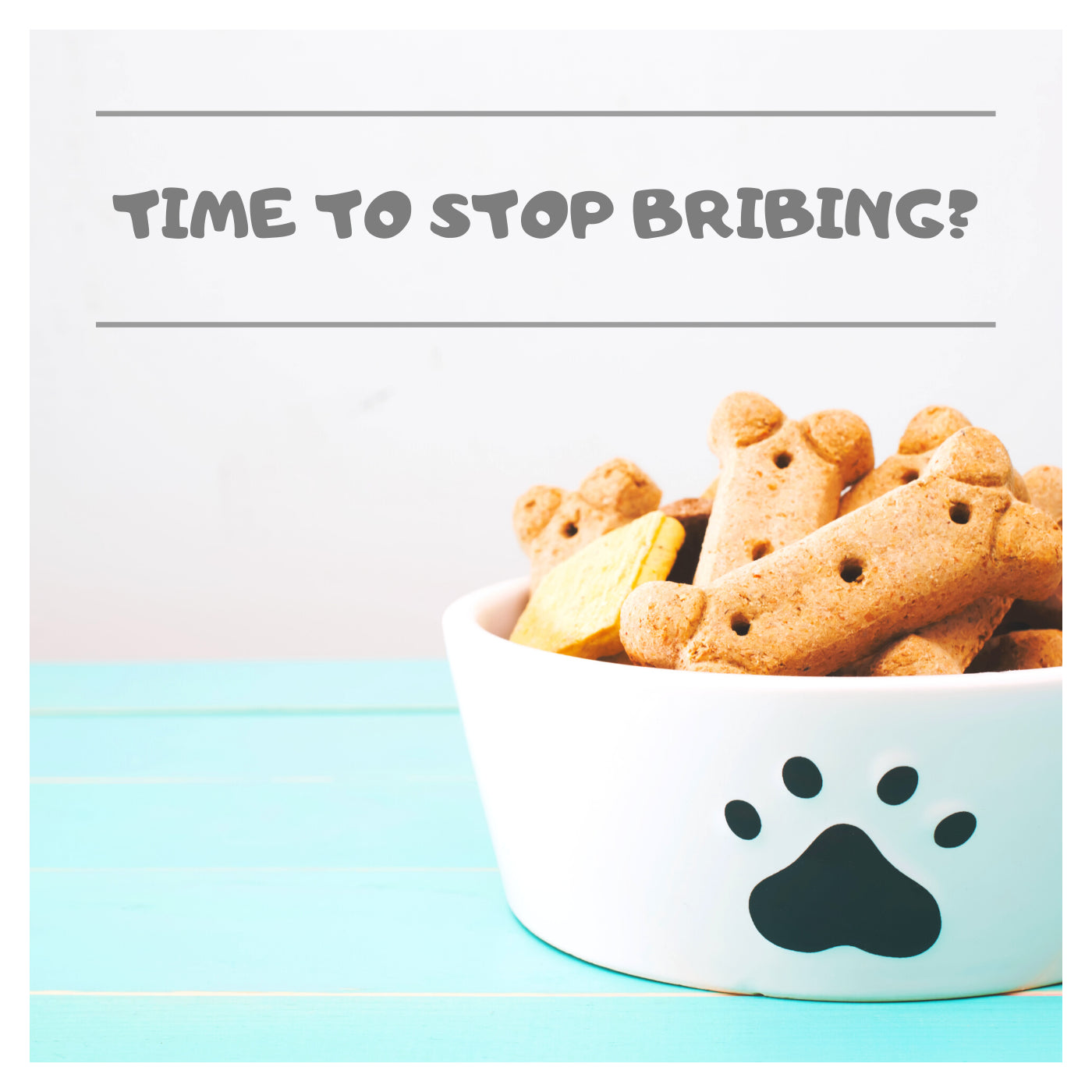Puppies are adorable, playful, and full of energy. But training them can be a daunting task for many pet owners. One of the most effective ways to train puppies is through positive reinforcement, and using treats is a great way to do so. Treats can be used to motivate puppies, reward good behavior, and create a strong bond between the pup and its owner. However, it's important to use treats correctly in order to effectively train your puppy. In this article, we will discuss how to train puppies with treats.
Why Use Treats for Puppy Training?
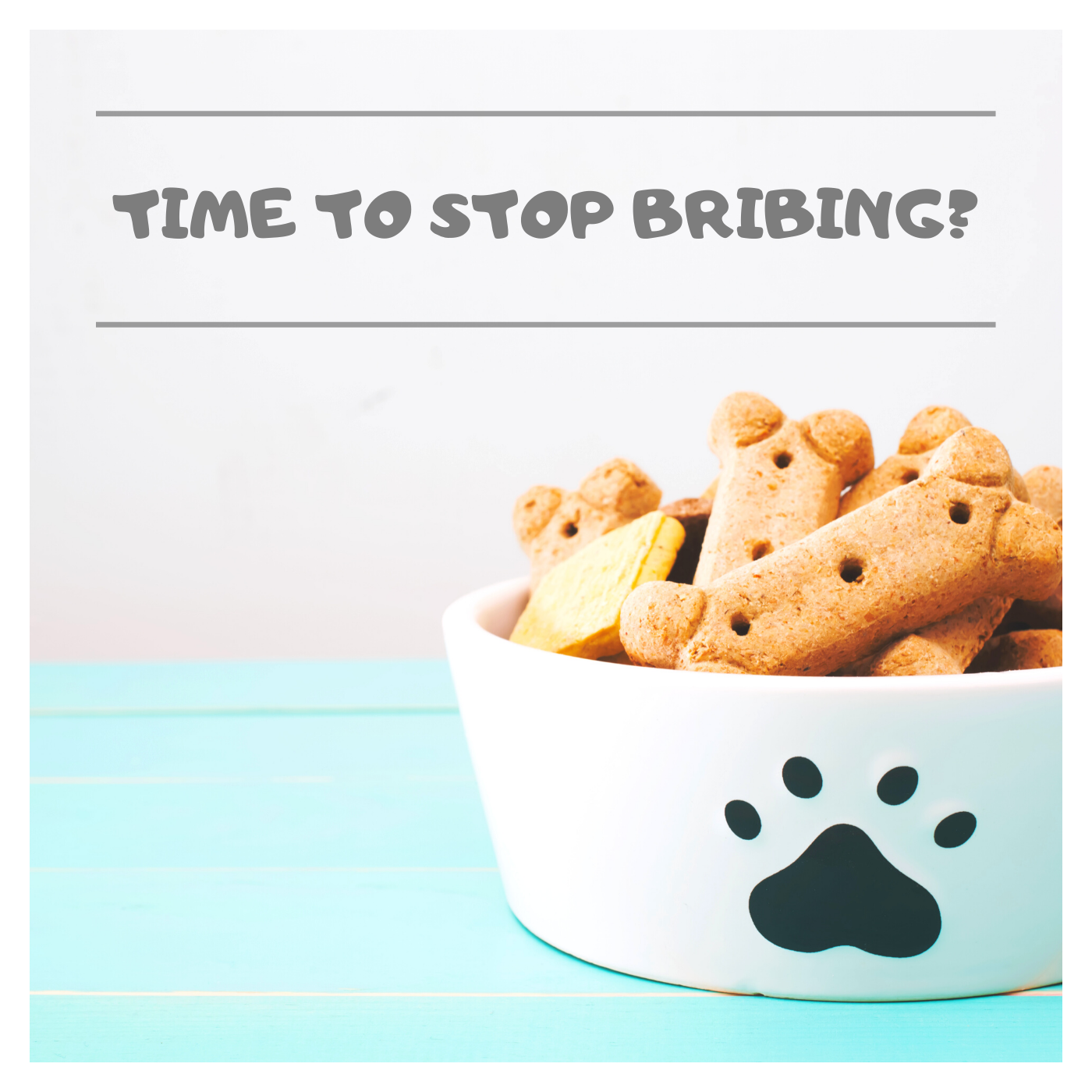
Before delving into the details of how to train puppies with treats, let's first understand why treats are useful for puppy training. Here are some reasons why treats are a great tool for training puppies:
Motivation
Treats are a powerful motivator for puppies as they are naturally food-driven creatures. They will do almost anything for a tasty treat. This makes treats an ideal tool for training because it encourages puppies to learn new behaviors in order to receive a reward.
Positive Reinforcement
Positive reinforcement is a training technique where desirable behaviors are rewarded, increasing the likelihood of these behaviors being repeated. By using treats as rewards, you are positively reinforcing your puppy's good behavior, making it more likely that they will continue to exhibit that behavior in the future.
Bonding
Training with treats also helps to strengthen the bond between you and your puppy. When given consistently and in the right way, treats can create a positive association between you and your pup. This helps to build trust and a stronger relationship, making it easier for your puppy to learn from you.
Choosing the Right Treats
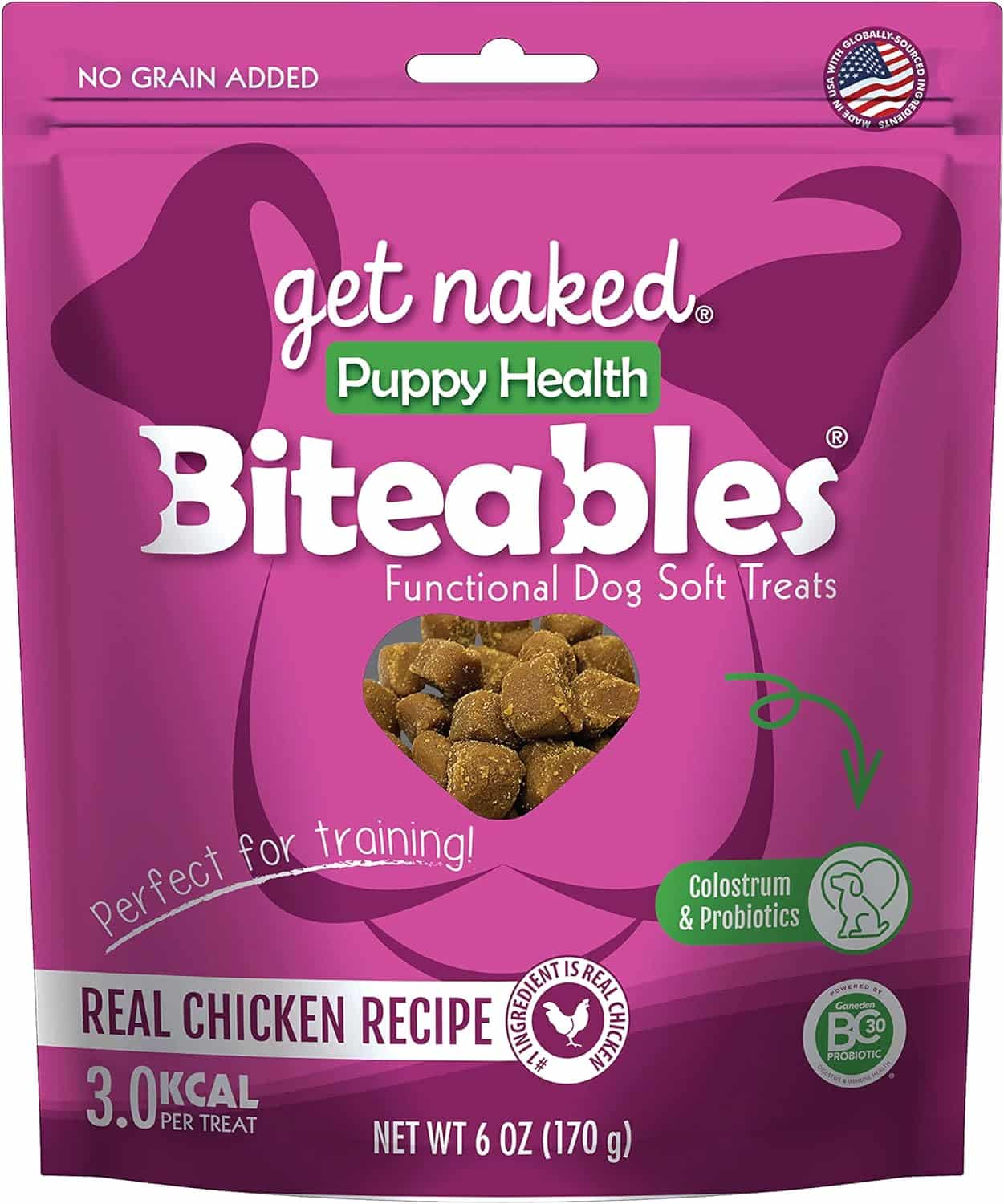
Not all treats are created equal, especially when it comes to training puppies. When choosing treats for puppy training, there are a few key things to keep in mind:
Size & Texture
The size and texture of the treats you choose are important as they can affect how quickly and easily your puppy can eat them. Treats that are too large or hard to chew can cause distraction or delay in training. Opt for smaller, bite-sized treats that are easy for your puppy to consume quickly.
Taste & Smell
As mentioned earlier, puppies are food-driven creatures, so the taste and smell of the treats are crucial in motivating them. Choose treats that are tasty and have a strong scent that will catch your puppy's attention.
Nutritional Value
When using treats for training, it's important to keep an eye on their nutritional value. You don't want to overload your puppy with unhealthy treats that could result in health issues. Look for all-natural, low-calorie treats that are specifically made for puppies.
Introducing Treats to Your Puppy

Before you start using treats for training, you need to introduce them to your puppy. Here's how:
Start Early
It's best to start introducing treats to your puppy at a young age, as early as 8 weeks old. This helps to create a positive association with treats and makes it easier to use them for training later on.
Use a Command Word
Choose a specific word or phrase to use when giving your puppy a treat. This could be "good," "yes," or "take it." Using the same command word consistently helps your puppy to associate it with receiving a treat.
Use Positive Reinforcement
When giving your puppy a treat, use a happy, excited tone and praise them. This reinforces the idea that good behavior equals rewards, making it more likely that they will repeat the behavior.
Training Your Puppy with Treats
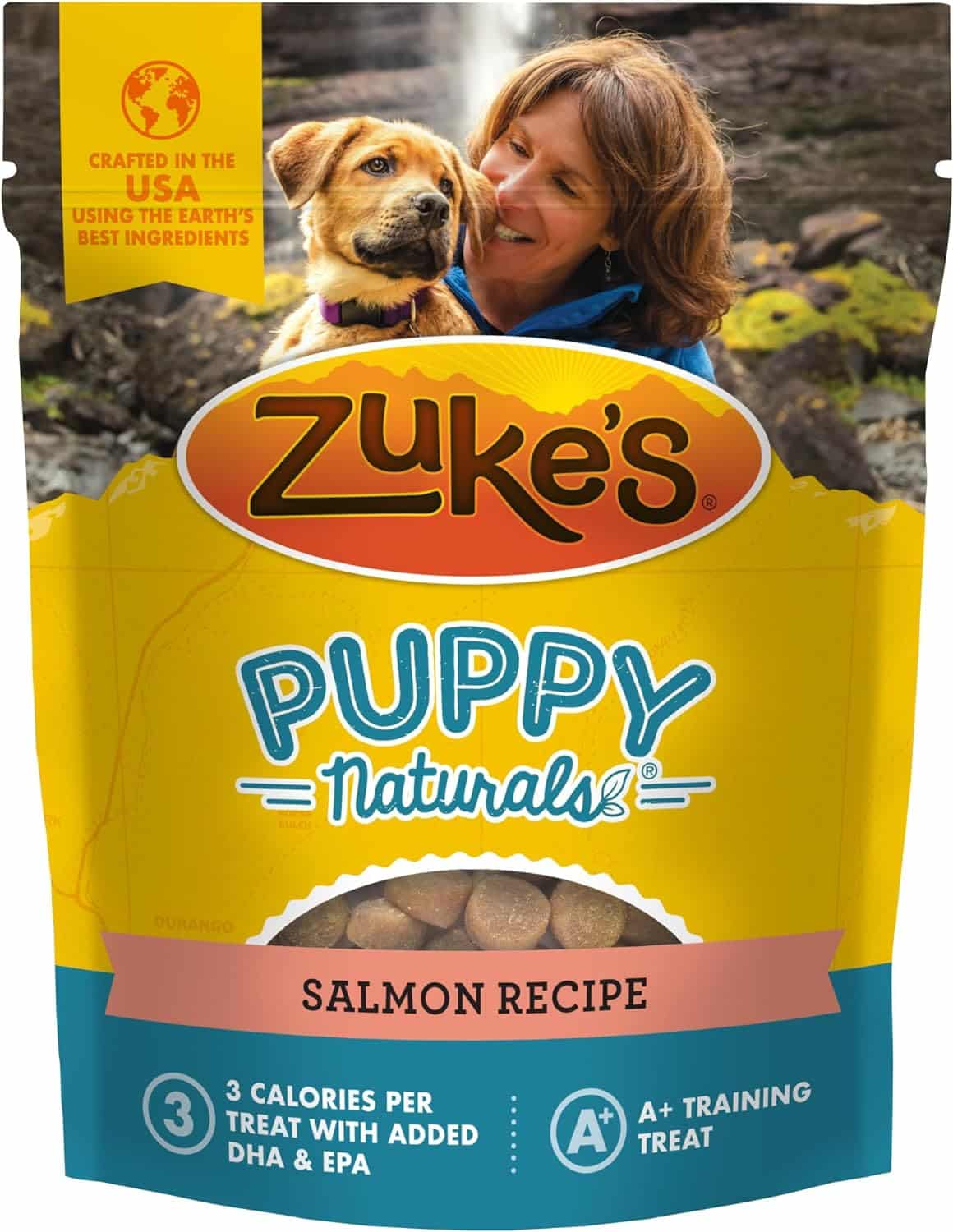
Now comes the fun part - actually training your puppy with treats. Here are some tips to keep in mind:
Keep Training Sessions Short & Frequent
Puppies have short attention spans, so it's best to keep training sessions short and frequent. Aim for 5-10 minute sessions a few times a day rather than one long session.
Use High-Value Treats
When starting out, use high-value treats that your puppy absolutely loves. This could be small pieces of cooked chicken, cheese, or freeze-dried liver. As your puppy becomes more proficient in training, you can switch to lower-value treats.
Be Consistent
Consistency is key in training puppies with treats. Always use the same command word, give the treat in the same way, and reward good behavior every time. This helps your puppy understand what is expected of them.
Common Mistakes When Training with Treats

While using treats for puppy training can be highly effective, there are some common mistakes that can hinder the process. Here are a few things to avoid:
Overfeeding
It's important to remember that treats should make up no more than 10% of your puppy's daily calorie intake. Overfeeding treats can lead to obesity and other health issues. Make sure to adjust your puppy's regular meals accordingly when using treats for training.
Using Treats as Bribery
Treats should never be used as a bribe to get your puppy to do something they don't want to do. This can create unhealthy habits and a sense of entitlement in your puppy. Instead, use treats as rewards for good behavior.
Not Fading Out Treats
The ultimate goal of training with treats is to have your puppy perform behaviors without the need for a treat every time. Once your puppy has mastered a behavior, start fading out the treats by giving them intermittently. This will help to solidify the behavior without relying solely on treats.
FAQs

What if my puppy doesn't seem interested in treats?
Some puppies may not be motivated by food, and that's okay. Try using toys or praise as rewards instead, or experiment with different types of treats to find one that your puppy loves.
Can I use my puppy's regular food as treats?
Yes, you can use a portion of your puppy's regular food for training. However, make sure to adjust their meals accordingly to avoid overfeeding.
How often should I give my puppy treats during training?
It's best to give treats intermittently rather than every time your puppy performs a behavior. This helps to prevent a dependence on treats and encourages your puppy to continue the behavior without always expecting a reward.
Can I use treats to train my puppy not to do something?
Treats are most effective in reinforcing desirable behaviors rather than stopping undesirable ones. Instead, focus on redirecting your puppy's attention to a more appropriate behavior and rewarding that.
What if my puppy gets too excited and doesn't listen when I have treats?
If your puppy is too excited, try using a calm, assertive tone and wait until they are calm before giving them the treat. You can also try removing yourself from the situation for a few minutes to allow your puppy to calm down.
Conclusion
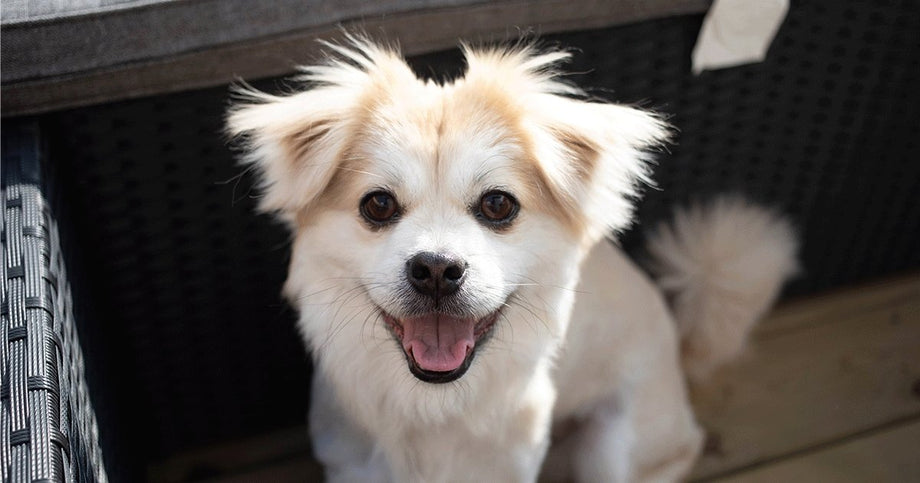
Training puppies with treats can be a fun and rewarding experience for both you and your furry friend. Remember to choose the right treats, introduce them properly, and be consistent in your training. With patience and positive reinforcement, your puppy will quickly learn new behaviors and create a strong bond with you. So grab some tasty treats and start training your puppy today!


